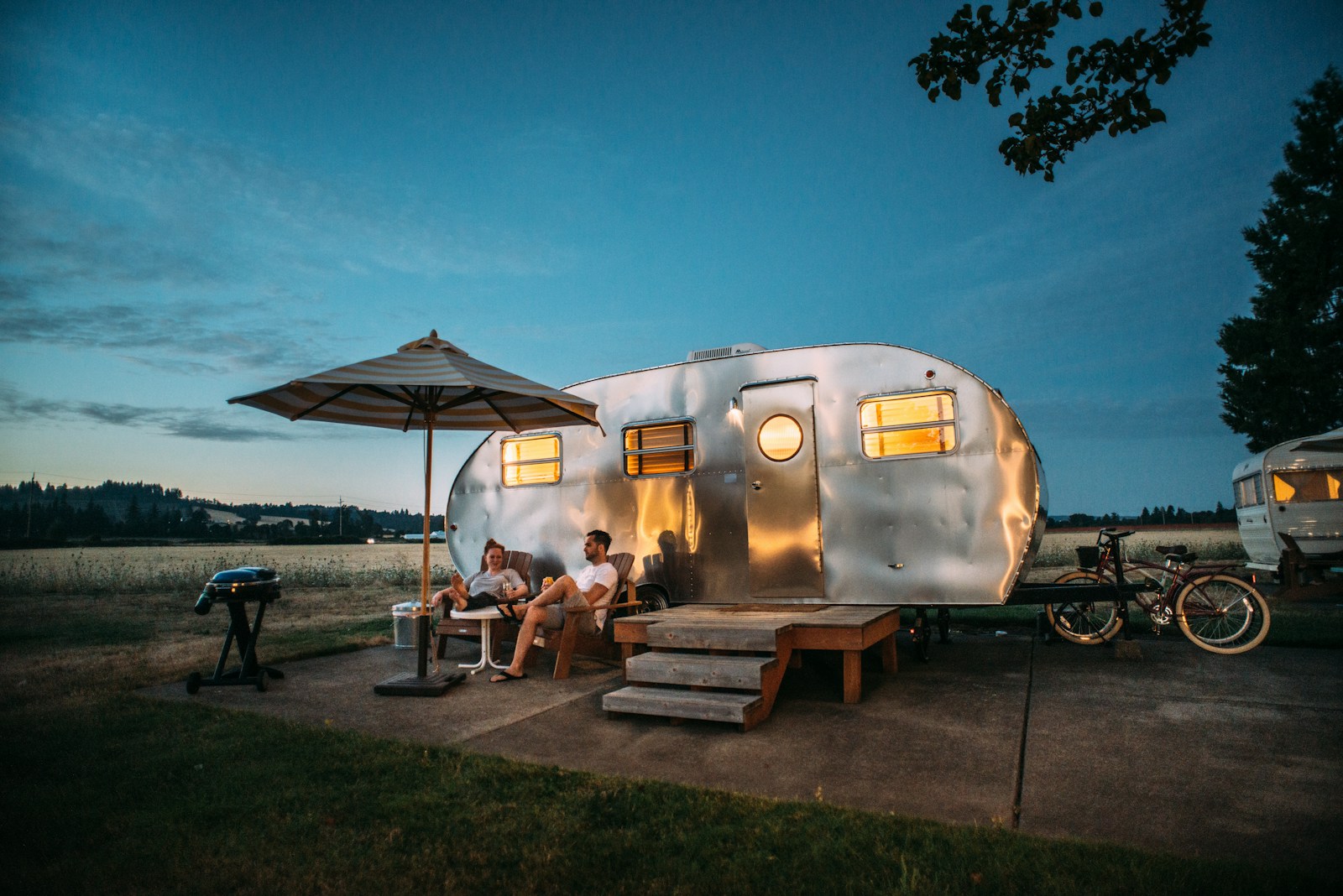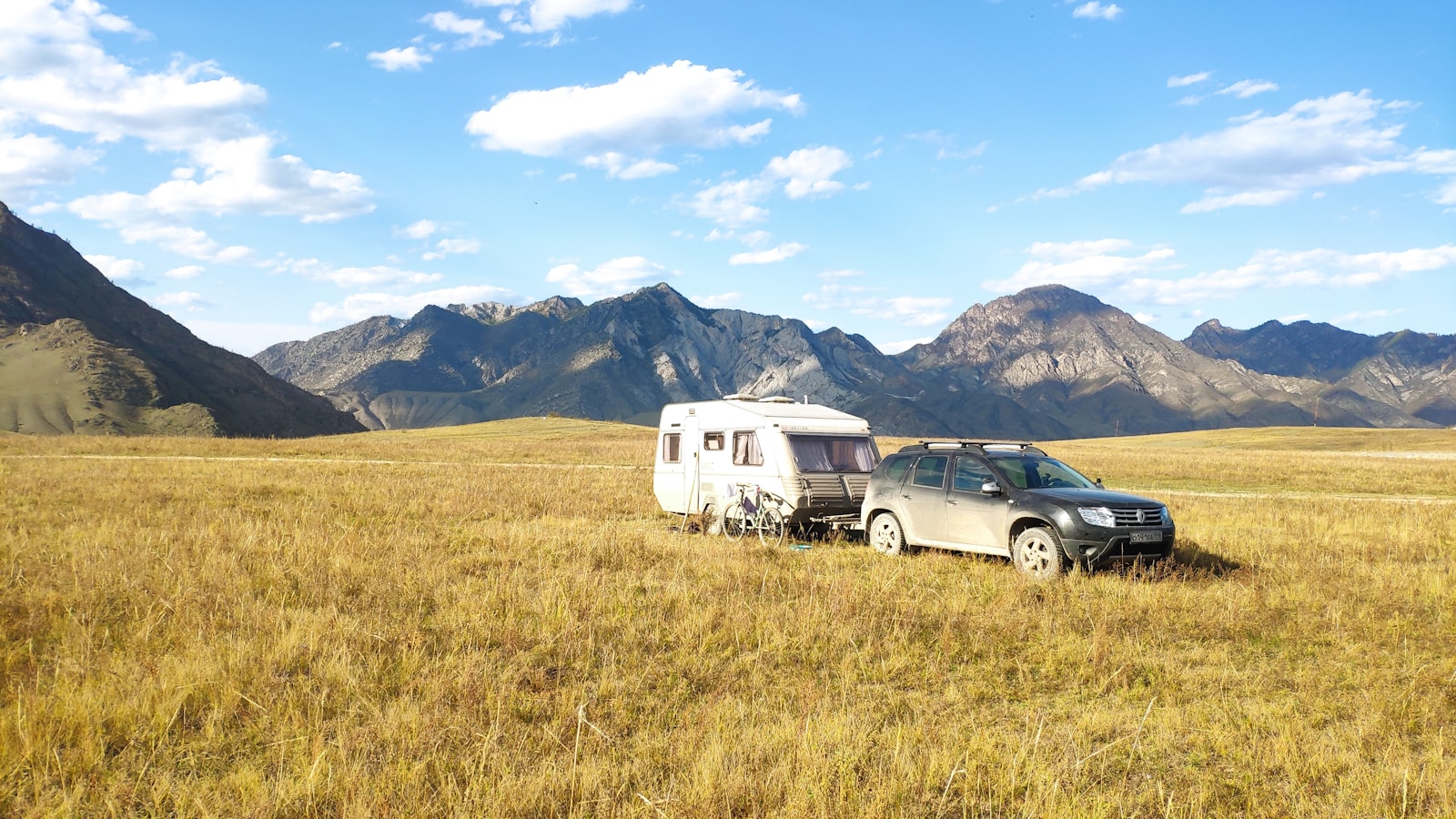Many of us have heard of the Federal Emergency Management Agency, or FEMA. But what does FEMA stand for, and what are its primary functions? Let’s take a deeper look at this important government agency and its role in keeping the country safe.
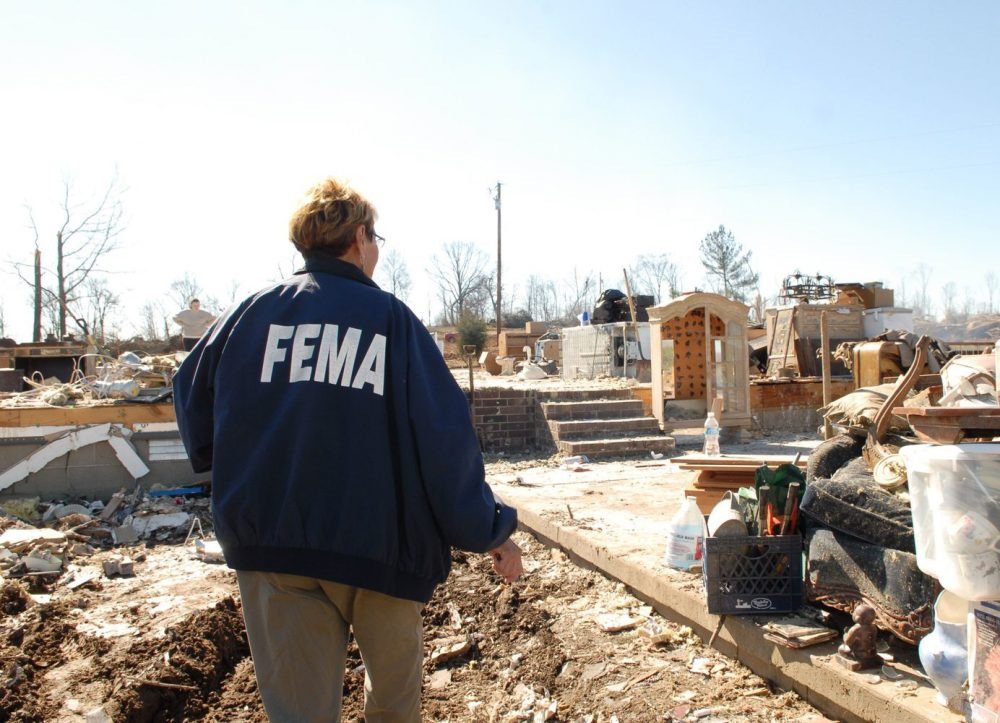
Federal Emergency Management Agency
FEMA stands for Federal Emergency Management Agency. This is an agency of the United States federal government which is responsible for providing assistance to states and localities during times of emergency or a major disaster. The agency was created in 1979 as part of the Department of Homeland Security, but it has been around in various forms since the 1940s. Its primary mission is to protect citizens from natural disasters by providing relief services such as food, shelter, medical care, and financial assistance.
FEMA’s work is divided into four key areas: preparedness, response, recovery, and mitigation. Preparedness involves planning ahead for potential disasters so that communities can be ready when a disaster happens. Response involves providing immediate aid to those affected by a disaster; this includes search-and-rescue efforts as well as setting up shelters and distributing food and supplies. Recovery involves helping communities rebuild after a disaster; this includes offering financial assistance to individuals and businesses affected by the disaster. Finally, mitigation involves taking steps to prevent future disasters from occurring; this includes implementing building codes that make structures more resistant to damage from disasters like floods or earthquakes.

First Responders: Those Who Provide Assistance
When natural disasters strike, the Federal Emergency Management Agency’s (FEMA) first responders are among the first on the scene to help those affected. These dedicated men and women work tirelessly to provide support to disaster victims and their communities.
The Role of First Responders
FEMA first responders are an integral part of any disaster relief effort. They provide medical assistance, disaster recovery efforts, debris removal, temporary housing solutions, and other essential services known as the public assistance program. In addition to these traditional roles, they also assist with long-term recovery efforts such as counseling services for survivors and helping people access resources they may need.
In times of crisis, it is important that first responders remain organized and effective in order to best serve those affected by a disaster. To achieve this goal, FEMA has established teams of highly trained personnel who specialize in specific areas such as search and rescue operations or emergency medical services (EMS). By having these highly trained teams available at all times, FEMA can ensure that their response is well coordinated and effective in meeting the needs of those affected by a disaster.
The Importance of Training
Given the unique challenges posed by natural disasters, it is essential that all first responders receive adequate training prior to being deployed into a disaster zone. This training covers topics such as safety procedures, hazard recognition, search techniques, communication protocols, first aid skills, decontamination procedures, and more. It is also important for first responders to be familiar with local regulations so they can ensure compliance when performing their duties. By having well-trained personnel on the ground during a crisis situation, FEMA can respond quickly and effectively to meet the needs of those affected by a disaster while minimizing potential risks or hazards associated with responding too quickly or without proper preparation.
FEMA first responders are vital members of any disaster relief effort. Their dedication to providing aid and assistance during times of crisis helps ensure that those affected by a natural disaster receive necessary support in order for them to recover from their losses as quickly as possible. Through proper training and organization, these brave men and women are able to respond quickly and effectively when needed most—providing invaluable peace of mind for both emergency personnel and survivors alike. With their tireless efforts at providing aid during difficult times—the importance of FEMA’s first responders cannot be understated!
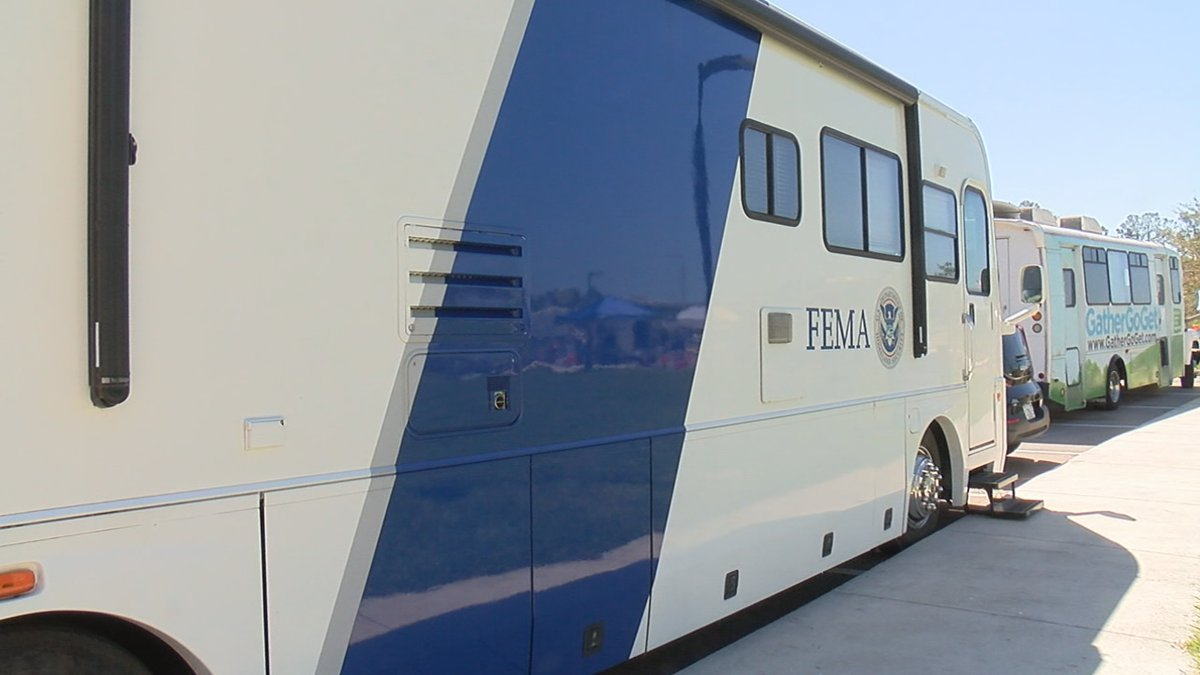
What Does FEMA Do?
FEMA is responsible for coordinating federal response when a disaster occurs. This involves providing resources such as food, medical care, housing, and financial assistance for those affected by disasters. In addition, the agency also develops policies to help reduce risk and prevent future disasters from occurring. This includes setting safety standards for buildings and infrastructure as well as creating guidelines for emergency preparedness plans.
The agency also works with state and local governments to develop effective response plans in case of emergencies. These plans include identifying potential disaster areas, creating evacuation routes, providing shelter options, and preparing for search-and-rescue operations if necessary. In addition, FEMA provides training programs for first responders so that they can be better prepared in case of an emergency situation.
Emergency Assistance
When a disaster strikes, FEMA is responsible for determining if federal aid is necessary. If aid is deemed necessary, then FEMA will coordinate with state and local governments to provide resources such as food, shelter, medical care, and financial assistance for uninsured property damage. This assistance can be used by individuals or communities affected by the disaster.
In addition to providing direct assistance in the event of a disaster, FEMA also provides grants to states and local governments that can be used for disaster preparedness activities such as public health initiatives and infrastructure upgrades.
Disaster Mitigation
When it comes to preventing disasters from happening in the first place, FEMA plays an important role in ensuring that communities are adequately prepared for potential threats. To ensure that this happens, FEMA develops mitigation plans which outline strategies for reducing the impact of future disasters on communities. These plans focus on areas such as flood prevention strategies, building codes in high-risk areas, or land-use regulations that limit development in vulnerable areas. Additionally, FEMA offers grants to state and local governments which can be used for hazard mitigation projects such as retrofitting existing buildings or installing stormwater management systems.
Public Education
FEMA also works hard to educate the public about how they can stay safe before during and after a disaster strikes. They do this through various outreach efforts such as offering safety tips on their website or developing educational materials like pamphlets or videos which can be shared with schools or community organizations. Additionally, they may organize seminars and workshops about disaster preparedness in order to spread awareness about potential risks associated with certain types of events like floods or earthquakes so people know what steps they need to take when these disasters occur.
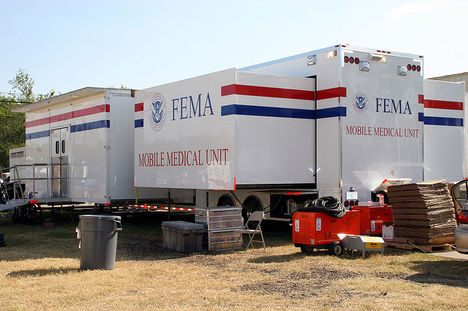
How Does FEMA Respond to Disasters?
When a disaster occurs or is imminent, FEMA immediately begins assessing the situation and working with state and local governments to determine which resources are needed most urgently. The agency then coordinates with other federal agencies – such as the Department of Health & Human Services or Department of Homeland Security – to provide additional support if necessary. Once all available resources have been identified and deployed, the agency will begin assessing damage costs so that they can provide long-term assistance if needed.
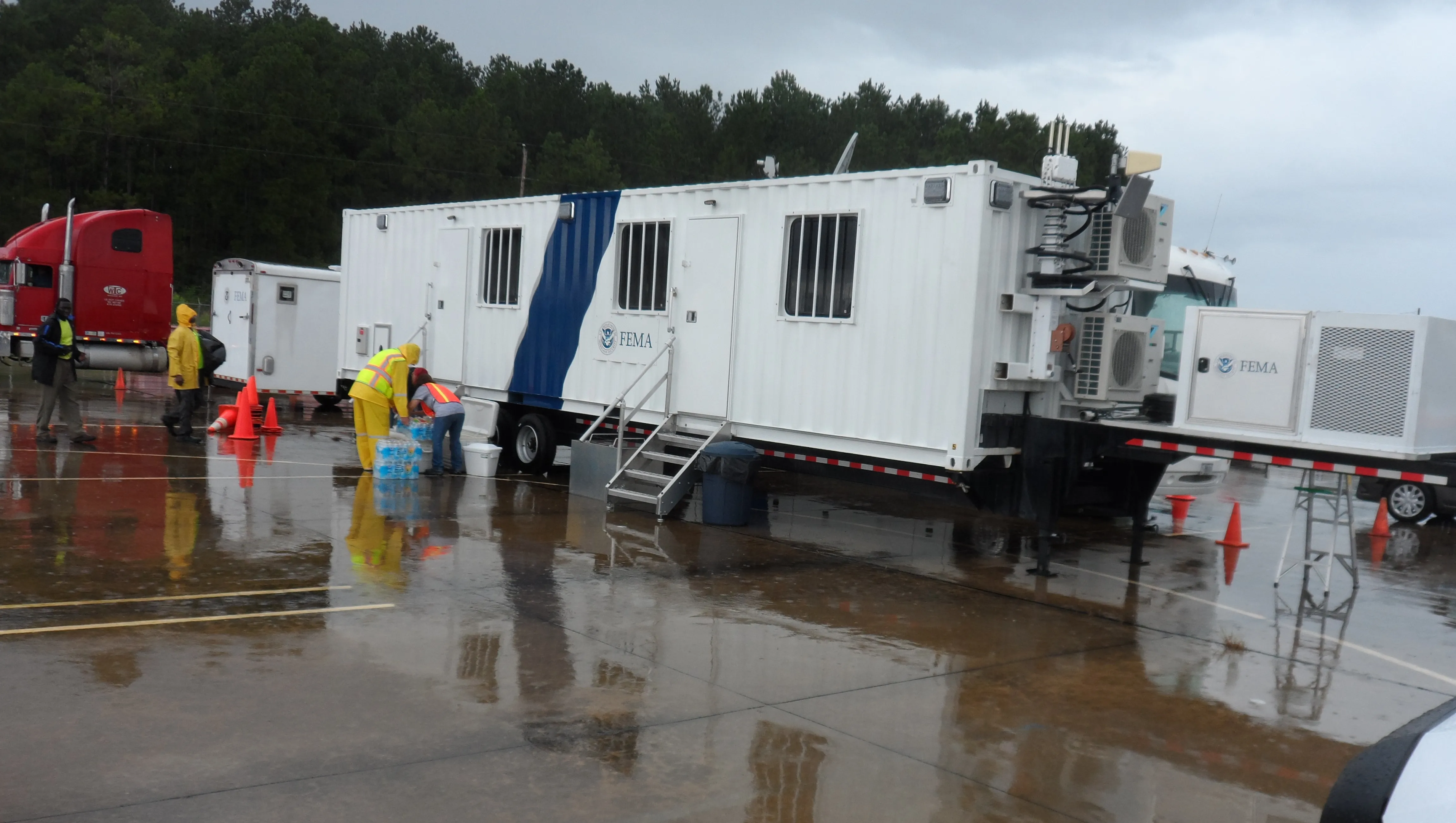
FEMA Has A Coordinated Approach In Helping With Any Emergency: A Brief History
The Federal Emergency Management Agency, or FEMA, is the organization responsible for providing assistance during an emergency. But where did this organization come from?
Founded in 1979, FEMA was created by President Jimmy Carter as part of the Department of Justice. It was created to provide federal aid to states during times of emergency, such as natural disasters or terrorist attacks. Over time, its mission has expanded to include prevention and preparedness programs, as well as response and recovery efforts. During its first decade in existence, FEMA focused mainly on natural disasters such as hurricanes and floods. It provided assistance to affected states by providing funds for emergency repairs and other services.
In 1989, following the Loma Prieta earthquake in California, President George H.W. Bush signed the Disaster Mitigation Act into law which allowed FEMA to expand its reach beyond just natural disasters. This new law gave FEMA more authority over disaster preparedness and response initiatives nationwide. It also allowed for better communication between state governments and the federal government during emergencies, allowing for a more coordinated response effort from all levels of government.
FEMA also played a major role in responding to terrorist attacks on American soil following September 11th 2001. In 2003 they launched their “National Risk Assessment Program” which aimed to identify potential threats and vulnerabilities that could lead to large-scale emergencies or disasters across the country. This program was designed to help local governments better prepare for any potential disaster scenario that could arise in their area through risk assessment training courses and other resources available from FEMA itself.
The Great Midwest Floods (1993)
In 1993, flooding in the Upper Midwest caused extensive damage to communities throughout Minnesota, Wisconsin, Iowa, Illinois, Missouri and other states along the Mississippi River valley. This event is considered one of the worst floods in American history; estimates suggest that over 50 people died as a result of this disaster and more than $15 billion worth of damage was done. FEMA provided support for flood victims through its Disaster Relief Fund which allocated money to help with cleanup efforts as well as providing food aid and temporary housing.
Hurricane Katrina (2005)
In 2005, Hurricane Katrina devastated the Gulf Coast region of the United States. At the time, it was one of the most destructive storms ever recorded in U.S history, killing nearly 2,000 people and causing over $100 billion in damage. In response to this disaster, FEMA provided emergency relief services such as temporary housing, financial assistance for rebuilding homes and businesses, and counseling services for those affected by the storm.
The California Wildfires (2018)
In 2018, a series of devastating wildfires swept through California causing widespread destruction throughout the state. This event resulted in more than $13 billion in damages with at least 88 people killed or missing due to these fires. FEMA provided assistance through its Disaster Relief Fund which gave out grants for individual households affected by these fires as well as funding for public infrastructure repair projects such as rebuilding roads and bridges that were destroyed by fire. It also provided temporary housing solutions including mobile homes and hotels for those displaced by these fires.

Disaster Relief Trailers: The History and Uses of FEMA Disaster Relief Trailers
FEMA disaster relief trailers are a little-known but essential part of the Federal Emergency Management Agency’s arsenal. These trailers, also known as “emergency housing units,” have been used by the agency since the mid-1990s to provide temporary lodging for those affected by natural disasters such as hurricanes and floods.
How FEMA Disaster Relief Trailers Work
FEMA trailers typically come in two sizes—either 32 or 36 feet long—and can accommodate up to eight people. They are equipped with air conditioning, heating, and running water for cooking and cleaning purposes. Additionally, they usually have enough space for two bedrooms, a bathroom, kitchenette, and living area.
The trailers also come with furniture such as tables, chairs, desks, dressers, beds, and cabinets for storage purposes. They are constructed from lightweight aluminum materials so that they can be quickly transported to disaster sites where they can be set up within days of the incident occurring. In addition to providing temporary housing facilities in disaster zones, these trailers can also be used as mobile offices or medical clinics depending on the needs of the affected area.
Uses of FEMA Trailers
FEMA has used its fleet of disaster relief trailers since 1995 when they were first deployed in response to Hurricane Opal which devastated parts of Florida and Alabama that year. Since then, they have been deployed during hundreds of other disasters around the country including Hurricanes Katrina and Sandy in 2005 and 2012 respectively. They have also been used during numerous wildfires throughout California over the past decade or so.
In addition to providing shelter for victims of natural disasters, FEMA trailers are often used by organizations such as churches or charities who provide long-term assistance to vulnerable populations who may not otherwise have access to adequate housing facilities. For example, many non-profit organizations use them to house homeless individuals or families who may not otherwise have access to safe and secure housing options due to their economic status or other circumstances beyond their control.
FEMA disaster relief trailers represent an important part of our nation’s emergency preparedness efforts as they provide a quick solution for providing temporary shelter in times of crisis while avoiding potential costs associated with more permanent structures such as buildings or homes that would need rebuilding after being destroyed by a natural disaster. While these trailers cannot replace traditional structures entirely when it comes to providing long-term housing solutions following a major disaster event; they do offer an effective means for quickly providing aid when it is most needed during times of crisis. Whether you’re a homeowner looking for help following a natural disaster or an organization looking for ways to help vulnerable populations without access to adequate permanent housing options; FEMA’s fleet disaster relief trailers offer an invaluable resource that can mean the difference between life and death in some cases..

FEMA: Disaster Relief
FEMA is an essential agency of the US government that helps keep people safe during times of emergency or disaster. It provides relief services such as food, shelter, medical care, and financial assistance while also helping communities prepare for potential disasters through planning efforts and implementing building codes that make structures more resilient against natural disasters. By understanding what FEMA stands for—Federal Emergency Management Agency—we can better understand why it plays such an important role in our society today.
Interstate Haulers Doing What They Can To Help With Disaster Relief
When a disaster hits, FEMA can’t do it alone. One way they share resources is by using different contracting systems and private hauling companies, like Interstate Haulers. In order to get those all‐important disaster relief trailers to the area that are in the state of emergency, FEMA coordinates with businesses such as these to not only help the nation in their time of crisis but also for national preparedness. By having smaller business partners help out during such times, it drastically improves response times and also boosts morale in affected regions!
Interstate Haulers is doing everything in their power to help with individual assistance during any crisis our nation may endure. Working with emergency managers to give FEMA personnel the support they need to help during major disasters. FEMA needs trusted businesses like Interstate Haulers to help sustain their relief efforts.
Interstate Haulers has been a trusted name in hauling for decades. We are now registered as a FEMA Transportation Service Provider (TSP), and will primarily be responsible for relocating their Transportable Temporary Housing Units (TTHUs) during a disaster.


